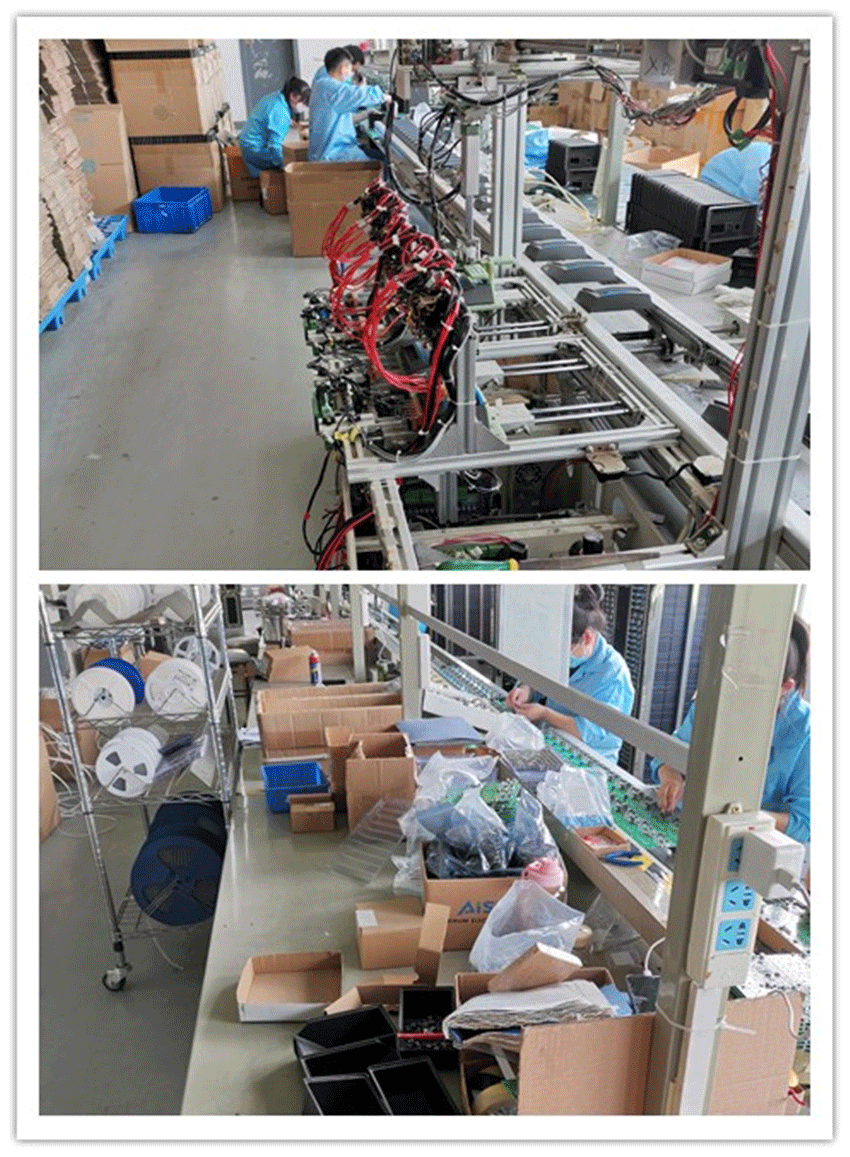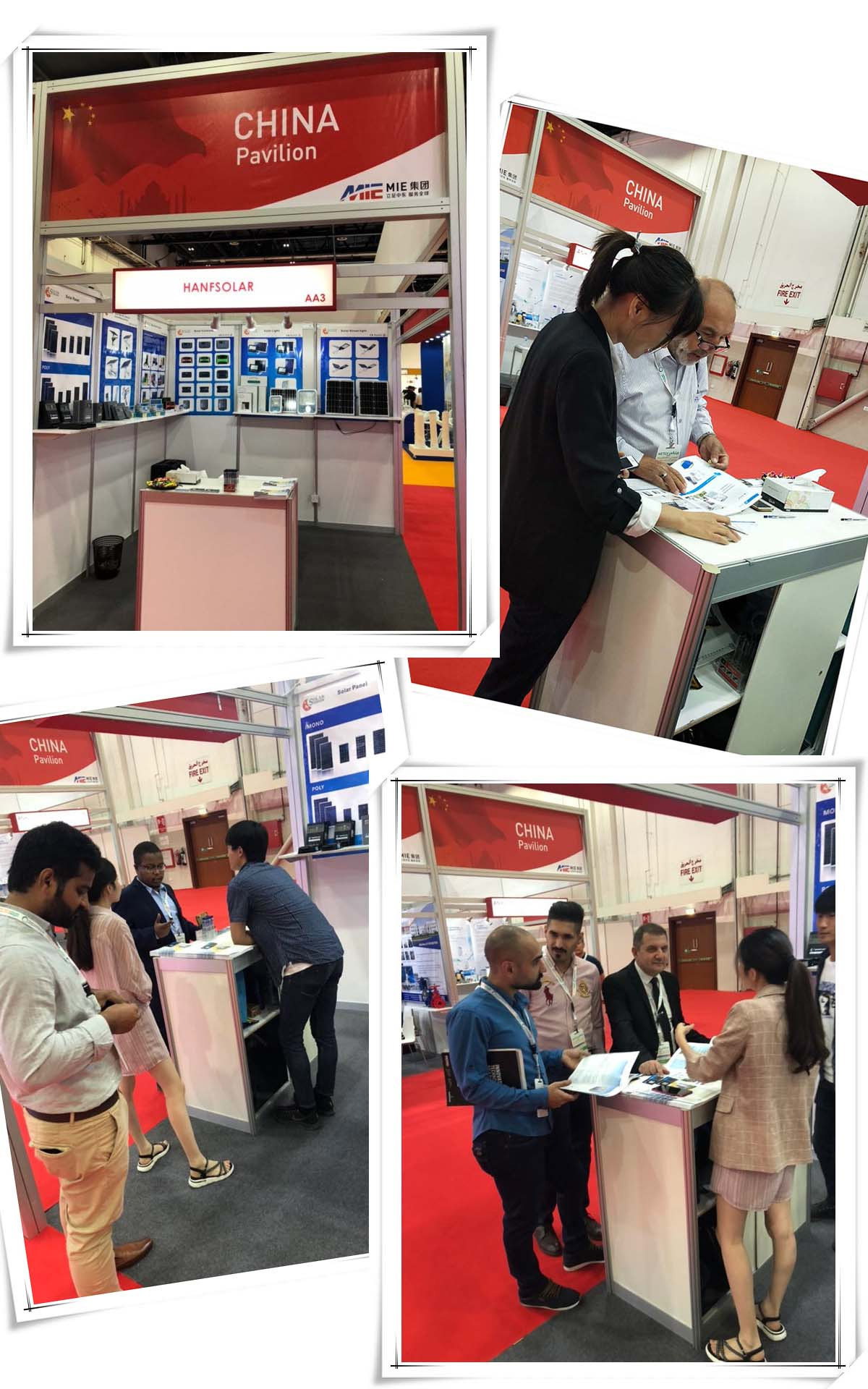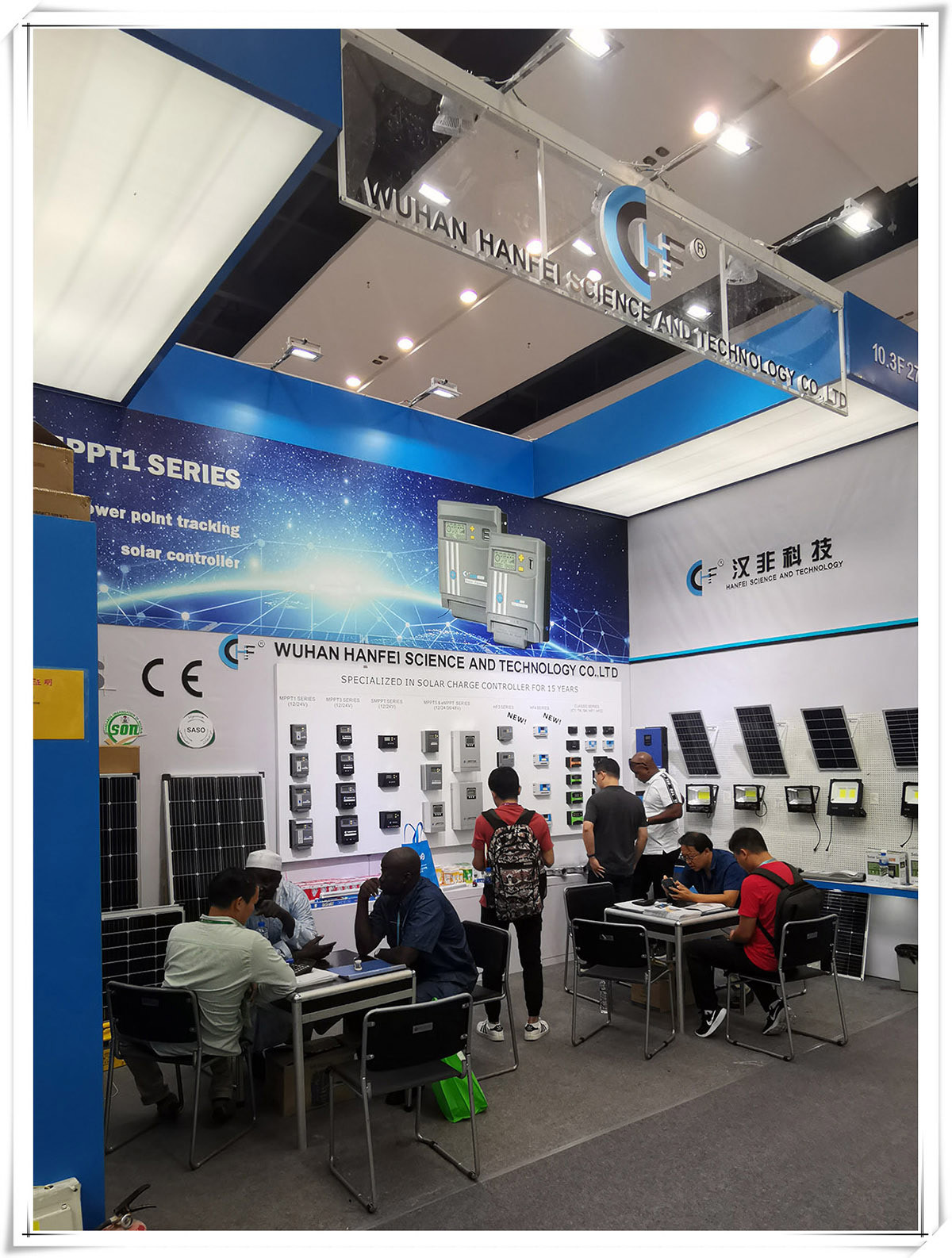News and Information

Tips for Extending the Lifespan of Your PWM Solar Charger
Release date:
2023-09-25 09:20
Source:
Table of Contents:
1. Introduction: Understanding the Importance of Extending the Lifespan of Your PWM Solar Charger
2. Choosing the Right PWM Solar Charger: Factors to Consider
3. Proper Installation and Placement for Enhanced Efficiency
4. Regular Cleaning and Maintenance to Prevent Dust Buildup
5. Protecting Your PWM Solar Charger from Extreme Weather Conditions
6. Ensuring Proper Wiring and Connections for Longevity
7. Monitoring and Managing Battery Health
8. Frequently Asked Questions (FAQs)
a. How often should I clean my PWM solar charger?
b. Can I use my PWM solar charger during rainy days?
c. Is it necessary to disconnect the charger during winter months?
d. How long will the battery of my PWM solar charger last?
e. What are the signs of a failing PWM solar charger?
9. Conclusion
1. Introduction: Understanding the Importance of Extending the Lifespan of Your PWM Solar Charger
As an environmentally friendly and cost-effective energy source, solar power has gained significant popularity over the years. PWM (Pulse Width Modulation) solar chargers play a vital role in harnessing solar energy and converting it into usable electricity. To ensure your PWM solar charger operates optimally for an extended period, it is crucial to implement proper maintenance techniques and follow best practices. This article will guide you through various tips to extend the lifespan of your PWM solar charger.
2. Choosing the Right PWM Solar Charger: Factors to Consider
Selecting the appropriate PWM solar charger is the first step to ensuring its longevity. Consider factors such as voltage and current ratings, charge controller capacity, and compatibility with your solar panel system. Research different models and consult with professionals to make an informed decision.
3. Proper Installation and Placement for Enhanced Efficiency
The installation and placement of your PWM solar charger significantly impact its performance. Ensure that it is installed in an area with maximum sunlight exposure. Avoid shading from trees, buildings, or other obstructions. Properly position the solar charger to receive direct sunlight throughout the day for optimal charging efficiency.
4. Regular Cleaning and Maintenance to Prevent Dust Buildup
Dust, dirt, and debris can accumulate on the surface of your PWM solar charger, reducing its efficiency. Regularly clean the charger using a soft cloth or brush. Avoid using abrasive materials that could scratch the surface. Keep the solar panels clean to maximize energy absorption.
5. Protecting Your PWM Solar Charger from Extreme Weather Conditions
Extreme weather conditions such as heavy rain, snow, or excessive heat can affect the performance and lifespan of your PWM solar charger. Protect it from these elements by using weatherproof enclosures or covers. Consider installing a temperature sensor to monitor and prevent damage caused by overheating.
6. Ensuring Proper Wiring and Connections for Longevity
Faulty wiring and poor connections can lead to power loss and decrease the lifespan of your PWM solar charger. Regularly inspect the wiring and connections for any signs of damage or loose connections. Replace damaged components immediately and ensure secure connections to maintain optimal performance.
7. Monitoring and Managing Battery Health
The battery is a crucial component of your PWM solar charger. Monitor its health regularly to identify any issues early on. Check the battery voltage, state of charge, and overall performance. Follow manufacturer guidelines for battery maintenance, such as avoiding complete discharge and overcharging.
8. Frequently Asked Questions (FAQs)
a. How often should I clean my PWM solar charger?
It is recommended to clean your PWM solar charger every 1-3 months, depending on the level of dust and dirt accumulation.
b. Can I use my PWM solar charger during rainy days?
Yes, PWM solar chargers can still generate electricity during rainy days, although the output may be lower compared to sunny days.
c. Is it necessary to disconnect the charger during winter months?
It is advisable to disconnect and store your PWM solar charger during winter months if you experience freezing temperatures. Consult the manufacturer's guidelines for specific recommendations.
d. How long will the battery of my PWM solar charger last?
The lifespan of a PWM solar charger's battery depends on various factors, including usage, maintenance, and quality. On average, a well-maintained battery can last 5-10 years.
e. What are the signs of a failing PWM solar charger?
Signs of a failing PWM solar charger may include decreased charging efficiency, fluctuating power output, or complete failure. Consult a professional if you suspect any issues.
9. Conclusion
Proper maintenance and adherence to best practices are essential for extending the lifespan of your PWM solar charger. By choosing the right charger, ensuring proper installation and placement, regular cleaning, protecting from extreme weather conditions, maintaining wiring connections, and monitoring battery health, you can maximize the efficiency and durability of your PWM solar charger. Implement these tips to enjoy clean, renewable energy for years to come.
1. Introduction: Understanding the Importance of Extending the Lifespan of Your PWM Solar Charger
2. Choosing the Right PWM Solar Charger: Factors to Consider
3. Proper Installation and Placement for Enhanced Efficiency
4. Regular Cleaning and Maintenance to Prevent Dust Buildup
5. Protecting Your PWM Solar Charger from Extreme Weather Conditions
6. Ensuring Proper Wiring and Connections for Longevity
7. Monitoring and Managing Battery Health
8. Frequently Asked Questions (FAQs)
a. How often should I clean my PWM solar charger?
b. Can I use my PWM solar charger during rainy days?
c. Is it necessary to disconnect the charger during winter months?
d. How long will the battery of my PWM solar charger last?
e. What are the signs of a failing PWM solar charger?
9. Conclusion
1. Introduction: Understanding the Importance of Extending the Lifespan of Your PWM Solar Charger
As an environmentally friendly and cost-effective energy source, solar power has gained significant popularity over the years. PWM (Pulse Width Modulation) solar chargers play a vital role in harnessing solar energy and converting it into usable electricity. To ensure your PWM solar charger operates optimally for an extended period, it is crucial to implement proper maintenance techniques and follow best practices. This article will guide you through various tips to extend the lifespan of your PWM solar charger.
2. Choosing the Right PWM Solar Charger: Factors to Consider
Selecting the appropriate PWM solar charger is the first step to ensuring its longevity. Consider factors such as voltage and current ratings, charge controller capacity, and compatibility with your solar panel system. Research different models and consult with professionals to make an informed decision.
3. Proper Installation and Placement for Enhanced Efficiency
The installation and placement of your PWM solar charger significantly impact its performance. Ensure that it is installed in an area with maximum sunlight exposure. Avoid shading from trees, buildings, or other obstructions. Properly position the solar charger to receive direct sunlight throughout the day for optimal charging efficiency.
4. Regular Cleaning and Maintenance to Prevent Dust Buildup
Dust, dirt, and debris can accumulate on the surface of your PWM solar charger, reducing its efficiency. Regularly clean the charger using a soft cloth or brush. Avoid using abrasive materials that could scratch the surface. Keep the solar panels clean to maximize energy absorption.
5. Protecting Your PWM Solar Charger from Extreme Weather Conditions
Extreme weather conditions such as heavy rain, snow, or excessive heat can affect the performance and lifespan of your PWM solar charger. Protect it from these elements by using weatherproof enclosures or covers. Consider installing a temperature sensor to monitor and prevent damage caused by overheating.
6. Ensuring Proper Wiring and Connections for Longevity
Faulty wiring and poor connections can lead to power loss and decrease the lifespan of your PWM solar charger. Regularly inspect the wiring and connections for any signs of damage or loose connections. Replace damaged components immediately and ensure secure connections to maintain optimal performance.
7. Monitoring and Managing Battery Health
The battery is a crucial component of your PWM solar charger. Monitor its health regularly to identify any issues early on. Check the battery voltage, state of charge, and overall performance. Follow manufacturer guidelines for battery maintenance, such as avoiding complete discharge and overcharging.
8. Frequently Asked Questions (FAQs)
a. How often should I clean my PWM solar charger?
It is recommended to clean your PWM solar charger every 1-3 months, depending on the level of dust and dirt accumulation.
b. Can I use my PWM solar charger during rainy days?
Yes, PWM solar chargers can still generate electricity during rainy days, although the output may be lower compared to sunny days.
c. Is it necessary to disconnect the charger during winter months?
It is advisable to disconnect and store your PWM solar charger during winter months if you experience freezing temperatures. Consult the manufacturer's guidelines for specific recommendations.
d. How long will the battery of my PWM solar charger last?
The lifespan of a PWM solar charger's battery depends on various factors, including usage, maintenance, and quality. On average, a well-maintained battery can last 5-10 years.
e. What are the signs of a failing PWM solar charger?
Signs of a failing PWM solar charger may include decreased charging efficiency, fluctuating power output, or complete failure. Consult a professional if you suspect any issues.
9. Conclusion
Proper maintenance and adherence to best practices are essential for extending the lifespan of your PWM solar charger. By choosing the right charger, ensuring proper installation and placement, regular cleaning, protecting from extreme weather conditions, maintaining wiring connections, and monitoring battery health, you can maximize the efficiency and durability of your PWM solar charger. Implement these tips to enjoy clean, renewable energy for years to come.
Recommended News
RECOMMEND NEWS
Wuhan Hanfei Technology Co., Ltd. has started! ! !
2025-09-17
On April 8, 2020, Wuhan City completely lifted the ban, and our Wuhan Hanfei also resumed production. Now welcome new and old customers to consult.
Hanfei Technology participated in the 2019 Dubai Exhibition
2025-09-17
Hanfei Technology participated in the 2019 Dubai Exhibition
Hanfei Technology is waiting for you at the 126th Canton Fair
2025-09-17
The 126th Canton Fair was held from October 15th to May 5th in Guangzhou Pazhou Complex.






